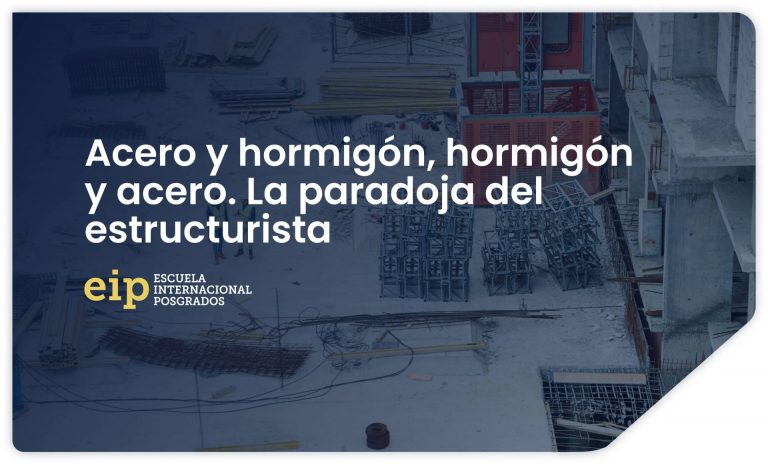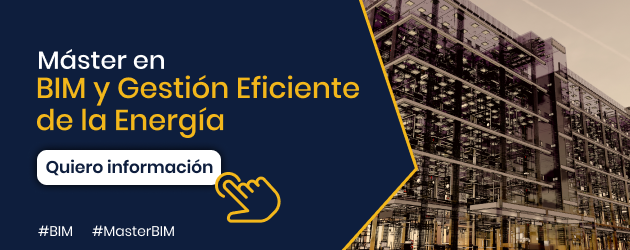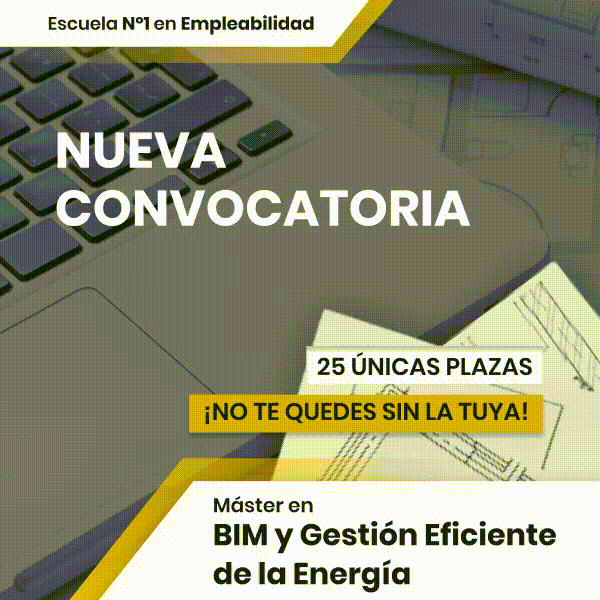Today's world of construction needs optimal and efficient results. As the field of construction evolves, we find ourselves perfecting both materials and, despite the advantages that both present, neither ends up displacing the other. In the following article we will analyze the advantages and disadvantages of both materials.
The artificial stone
In Roman times, concrete was the flagship material due to its excellent characteristics, replacing stone. There is evidence that older civilizations already used it, such as Macedonia and Minoa, where a mixture based on this material was used. However, it was not entirely effective and that is when the Romans improved it by using pozzolana, a volcanic ash that significantly improved its properties.
Concrete is a material moldable when building specific structures, therefore, it adapts to any form that the formwork takes. Furthermore, being an abundant material, it is easy to availability.
Concrete retains its properties over time, has good fire resistance, high resistance to compression, bending and shear and little or no maintenance.
But not everything is positive…
A disadvantage that detracts from the practicality of this material is its weight and volume, causing their sections are of large dimensions and, therefore, cost prices increase.
Another vital characteristic is that, being a very rigid material, it does not allow deformations, which has disadvantages regarding earthquakes, being fragile. If it is not reinforced with rebar in the event of a demand for stress that is not considered an extra load or an earthquake, an earthquake may occur. explosive failure, without giving warning of deformation and generating an imminent collapse.
The use of metal structures
Its use dates back to the times of ancient Greece where wrought iron beams were already used, but it is in the industrial Revolution when it really takes a leap as a structural element. At that time, the pieces began to be standardized and the double T profile appeared.
A strong point of steel is that it is a fairly ecological, sustainable and reusable. Some more advantages about this material are: high resistance in its structural elements, the speed and ease in its assembly which considerably reduces assembly times and finally, the calculations give much less robust elements so that space can be better utilized and more spacious plant layouts can be had.
Disadvantages of steel
corrosion It is the cancer of metal structures and it is important to take it into account when considering in which area it will be built. In this way, in buildings near the coast there are many chlorides that can cause significant damage over time, as well as in soils where the presence of sulfates or chlorides is evident that will imminently attack the foundations of the building if its protection is not applied. corresponding treatment.
Another factor to consider is that they are very slender elements and are prone to buckling (elastic instability).
We cannot forget the other enemy of this type of elements: the fire. It requires fireproof or intumescent paints, which in certain cases are mandatory; It must be remembered that one of the main causes of the collapse in the attack on the twin towers was the exposure of the steel beams to fire.
What does the Spanish regulations say?
From a regulatory point of view, the Technical building Code applies a coefficient that penalizes resistance depending on the material.
For steel it is 1.05 and for concrete it is 1.5, punishing concrete more than steel.
It is necessary to consider aspects in the structural calculation such as: limit states of services, buckling, overturning, calculations in fire situations, aggressiveness of the environment, level of control of the work, etc..
Which of the two materials is more sustainable?
Finally, it is very important to analyze the sustainability of each of the materials and all this involves analyzing the Carbon footprint. Studies of the Environmental Protection Agency reveal the emissions produced by both materials and their impact on the environment, providing the following data:
| MATERIAL | NET EMISSIONS (KG CO2/T) |
| CONCRETE | 265 |
| STEEL | 694 |
As the table shows, the most polluting material is steel compared to concrete.
I hope these comments help you select the best material for your next project!





































Hello! The article is very good. I am currently doing a master's degree in environmental/climate management in France and I am also studying carbon footprint and energy efficiency. All the information is very pertinent. Continue publishing these types of articles. Greetings